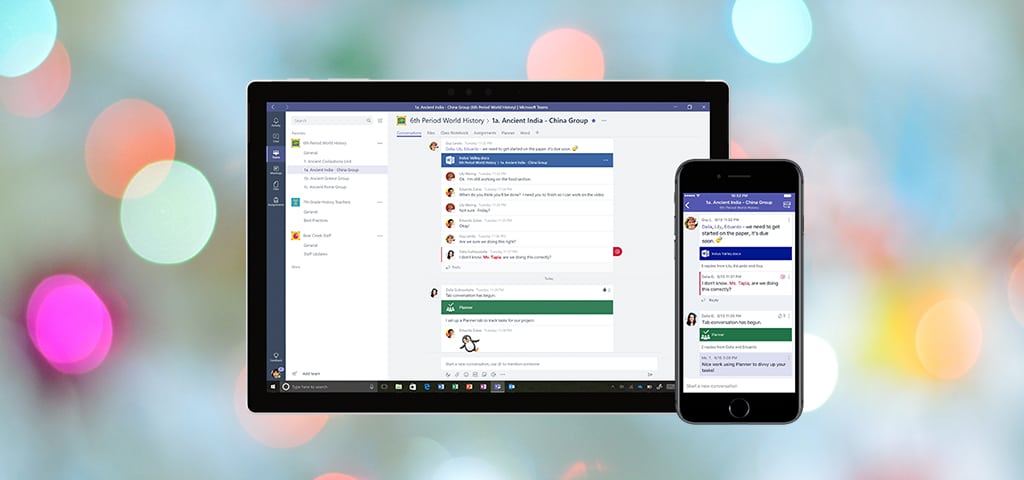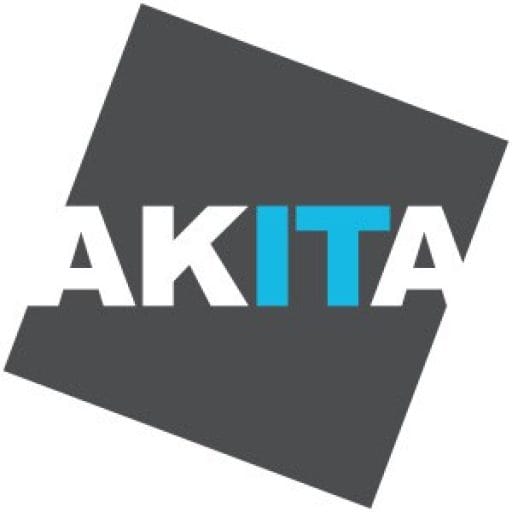Included in Office 365 since 2017, Microsoft Teams combines some of the successful ideas of project management platforms such as Yammer with the intuitive functionality of social media platforms. The result is a messaging, calling and video conferencing platform that can help teams of people to communicate around projects, sharing messages and files within a secure environment.
Rise in Remote Working
Why has this come about? Well according to Microsoft, employees now work on double the number of project teams as they did five years ago. Coupled with the rise in remote working, it can be difficult to get people together to work on a project. Equally keeping track of progress between meetings can be difficult, resulting in duplicated or incomplete work.
Collaboration
Microsoft Teams supports group working by providing video conferencing, message boards and document commenting so teams can interact. It also provides online space for document storage (courtesy of Microsoft OneDrive) for collaborative working.
Akita can definitely see the benefits of developing projects in this way. We see uses for businesses spread across multiple locations, or for time-poor staff trying to keep track of projects.
EDIT: Microsoft has just made a free version of Microsoft Teams available, featuring much of the functionality included in the premium edition. The free edition of Microsoft Teams will have the edge over its competition by allowing users from different organisations to join Teams together.
Teams remains a free platform until either individual users exceed 2GB of storage, or the combined Team chat exceeds 10GB. Users must then purchase the premium version for $5 per month per user. This includes up to 1TB of storage per user.
Microsoft Teams is part of Microsoft Office 365. For a free demo of the complete Office 365 package, or to discuss licence costs, please get in touch.




